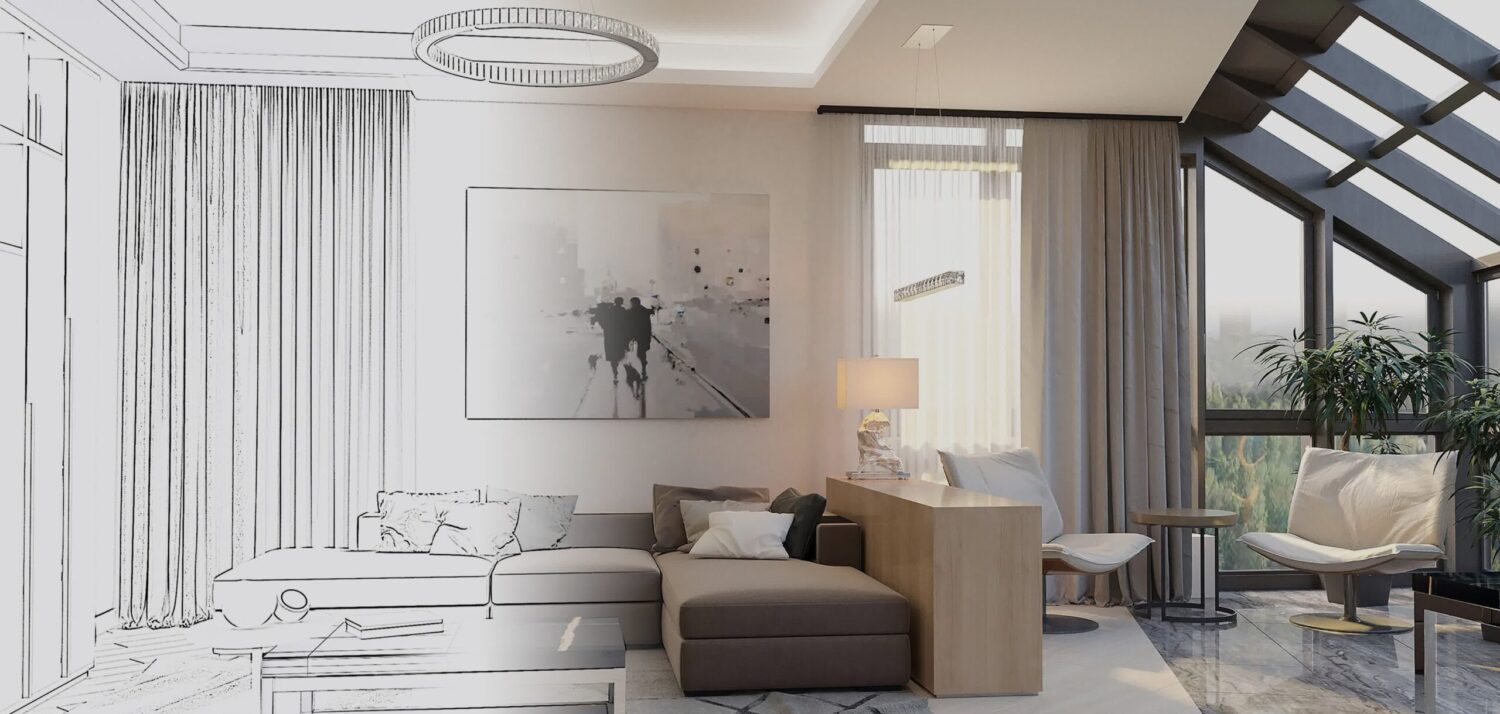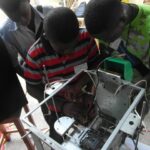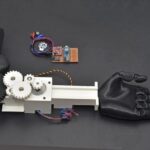

Togo, bordered on the west by Ghana, on the east by Benin, and Burkina Faso to the north, is one of the smallest countries in Africa, with a population of only 7.6 million. But the small country is getting some big help in the form of 3D printing technology to help provide prosthetics and orthopedic supports to its citizens in need. The hope is that 3D printing will help broaden access to such assistive devices for those with the least capacity to afford traditionally fabricated, and more expensive, devices as currently it is estimated that in low-income countries only 5-15% of people needing prosthetics are able to obtain them.
Handicap International, recently renamed Humanity & Inclusion (HI), has initiated this program with the hopes of changing that dynamic. The organization has been working in Togo since 1992 and has provided support to seven orthopedic fitting centers and aided in the development of the National Medical Auxiliaries School (ENAM), the only training center in West Africa for orthopedic specialists.
One early recipient of the program is six-year-old Geraldo Emmanuel, born with a leg deformity. Using the assistance provided by Humanity & Inclusion, doctors were able to complete a scan on his right leg in order to create a custom orthotic that would help him walk, something which would have been cost prohibitive in any other scenario. 46-year-old Adjovi Koudahe, whose hip was injured in an accident, also received attention through the program, which promised to change her life, as she explained:
“I’ve stopped doing anything because I’m in pain. I can’t walk properly anymore. Despite all the treatment I’ve had, my leg won’t respond and drags along the ground. But with the brace they want to make here, I’ve got high hopes.”
Efforts in Togo also benefit from Impact 3D, a program that started in November. Funded by the Belgian Development Agency, which provides just over $800,000, Impact 3D is fabricating 100 orthopedic devices for those in need in Togo, Mali, and Niger. Fully 50% of those orthotics are for individuals in Togo where the need is linked to conditions resulting from stroke and to infectious diseases such as polio, which has not been eliminated there.

This is yet another case in which 3D printing is making clear its ability to impact the provision of medical devices to those in need. In addition to being less expensive to produce and having the capability to produce customized pieces quickly, the technology is easily accessible to those in more rural areas or in conflict zones, thereby widening further the number of people who can benefit from it. The scanner HI uses is easy to transport as well meaning that patients no longer have to make difficult and expensive trips to distant hospitals to have casts taken. The orthotics being created for the three countries are being produced using four 3D scanners and two 3D printers. Impact 3D’s manager Simon Miriel described the benefits he is already seeing:
“It saves us a lot of time. As need be, scans can be sent directly by telephone to the specialist in charge of making the digital orthotic on a 3D printer.”
The test phase of the project is set to come to a close by the end of the year at which point the program will be thoroughly evaluated in order to better understand its impacts and areas for improvement. The hope is that in the near future, the 3D printers themselves can begin to be produced within Togo, thereby greatly reducing their costs as well, leading to a greater ability to provide orthopedic care to those who need it most.
Following 2016 clinical trials, Isabelle Urseau, HI’s head of rehabilitation, said:
“We are excited to move on to phase two of this research. These trials will involve more patients in different locations in order to thoroughly test our methods. 3D printing is unlikely to become the only way of providing prosthetics but we think it could be a great option in certain circumstances.”
What do you think of this news? Let us know your thoughts; join the discussion of this and other 3D printing topics at 3DPrintBoard.com or share your thoughts below.
[Source: Yahoo]
If you're looking to request photorealistic CGI in the USA, our service offers an easy and efficient way to get stunning, lifelike renderings for your architectural and real estate projects. Through our platform, you can quickly request high-quality CGI images that accurately capture the essence of your designs. Whether it's for a residential or commercial property, our experts specialize in creating realistic 3D renderings that highlight every detail, bringing your vision to life with exceptional clarity and precision.
Through our website, requesting photorealistic CGI becomes a seamless experience. With our help, you can get highly detailed 3D visualizations that look just like photographs, providing a realistic representation of your project before it's even built. Our team ensures that every element, from textures to lighting, is meticulously rendered, giving you an impressive, lifelike result that will leave a lasting impact on your clients and stakeholders.






Leave a Reply
You must be logged in to post a comment.